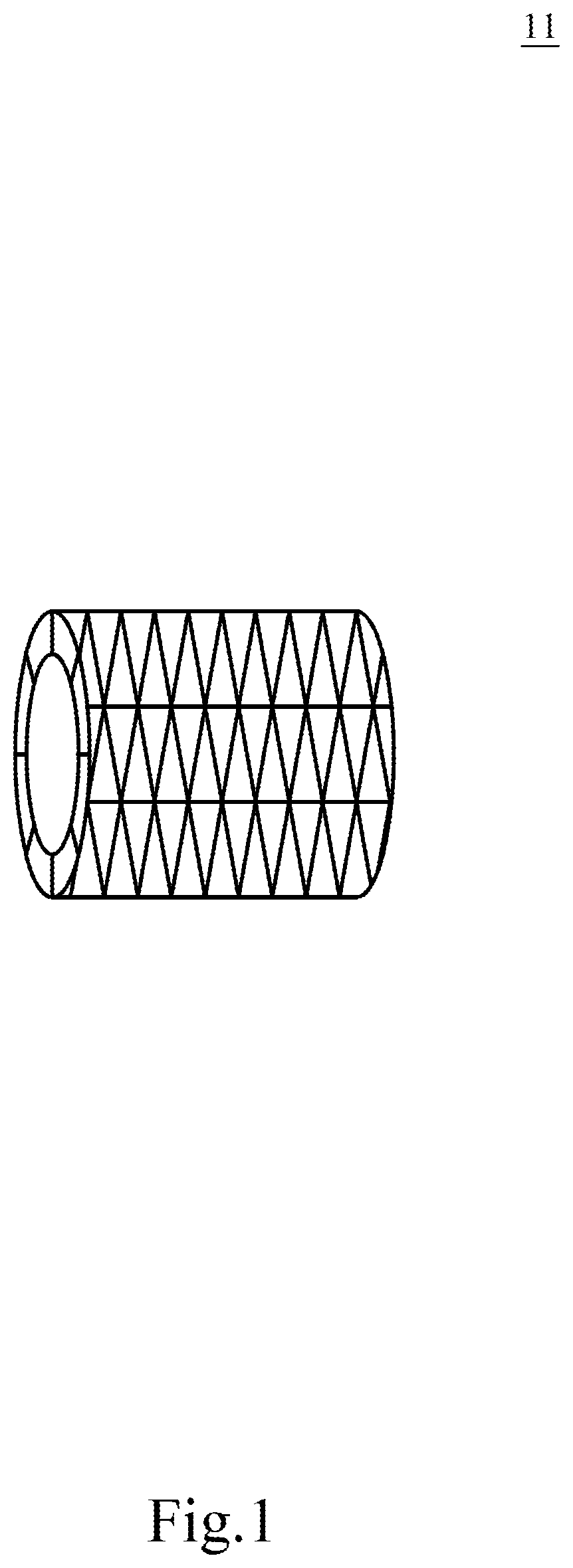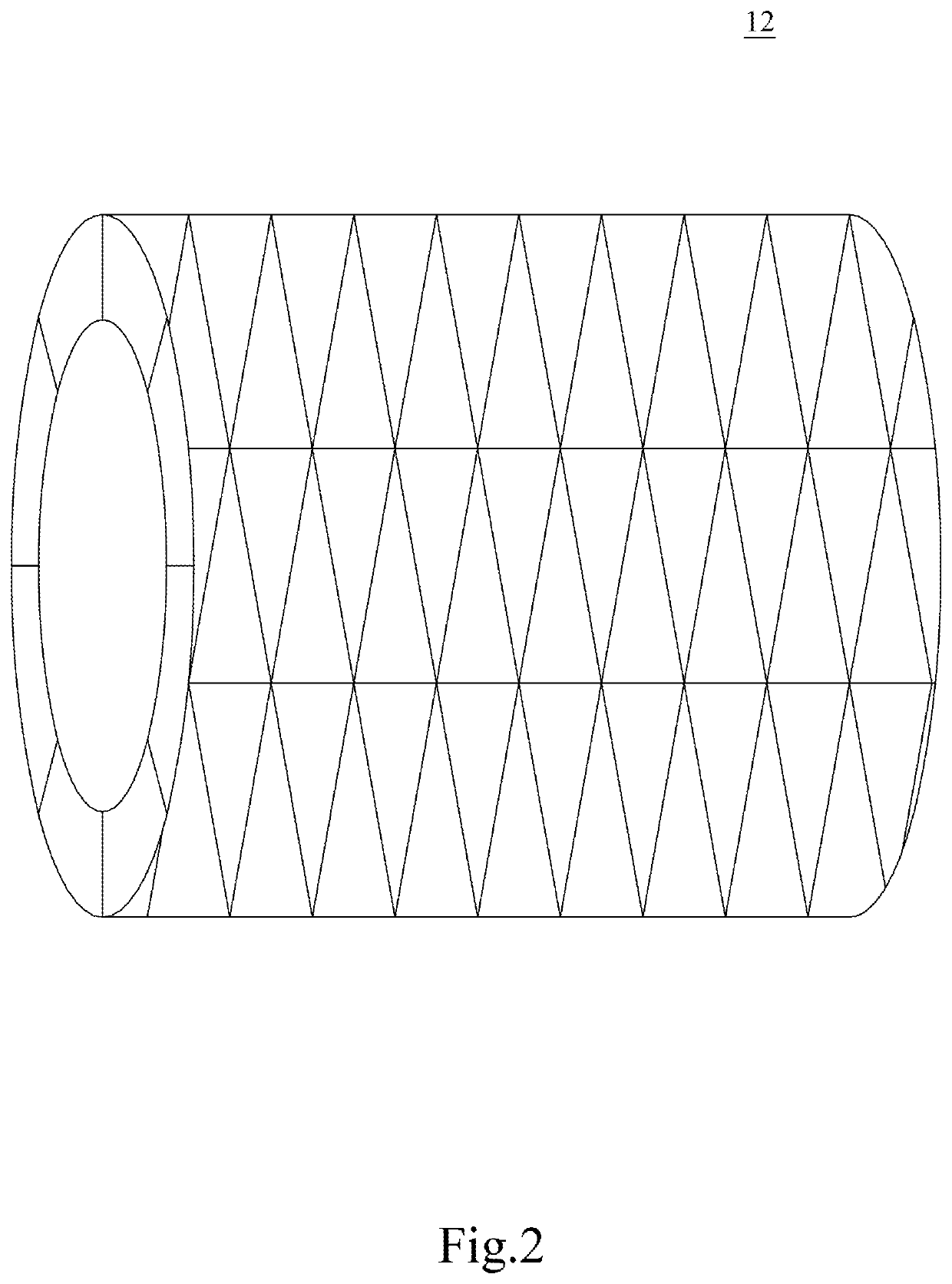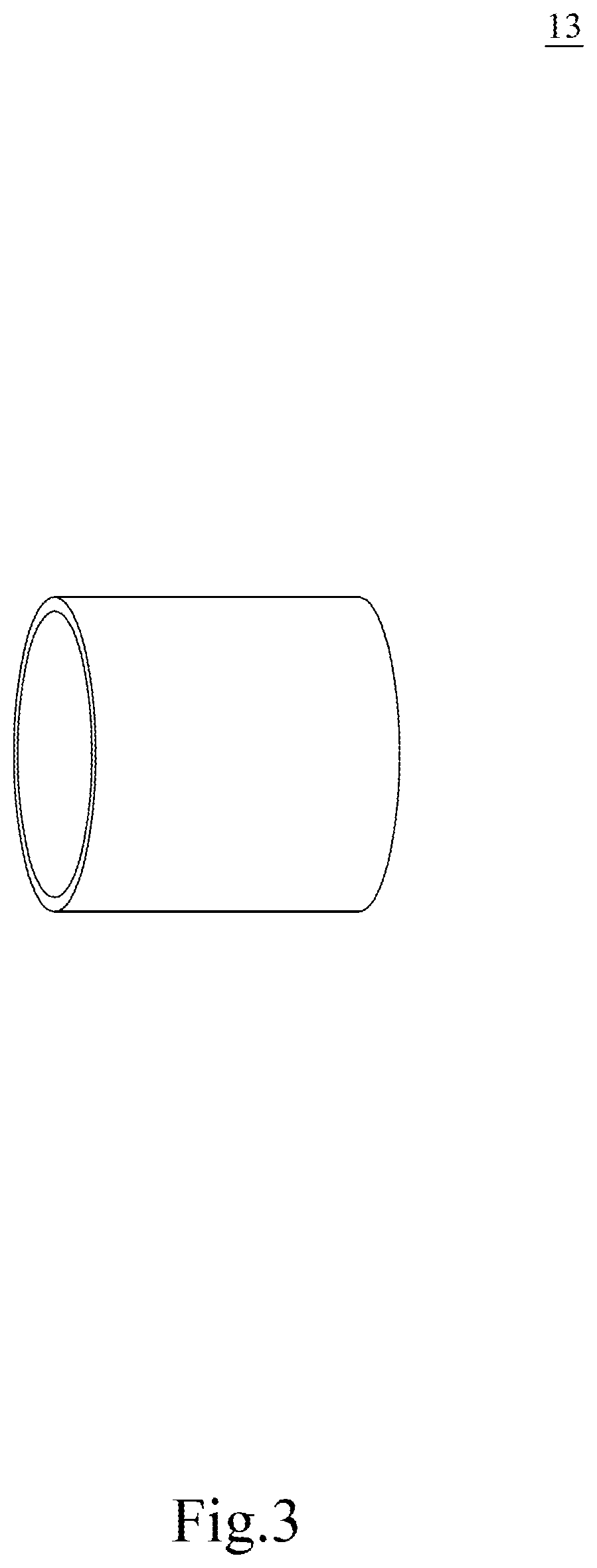Support element for implantation into or between subject's bones, and implant component and implant system containing the same
a support element and bone technology, applied in the field of elastically expandable support elements for implantation into or between subjects' bones, can solve the problems of affecting the function of the patient, and affecting the ability of the patient to fully recover, so as to achieve the effect of restoring the single collapsed bon
- Summary
- Abstract
- Description
- Claims
- Application Information
AI Technical Summary
Benefits of technology
Problems solved by technology
Method used
Image
Examples
Embodiment Construction
[0043]The details and technical solution of the present invention are hereunder described with reference to accompanying drawings. For illustrative sake, the accompanying drawings are not drawn to scale. The accompanying drawings and the scale thereof are not restrictive of the present invention.
[0044]The use of “or” means “and / or” unless stated otherwise. The use of “comprise” means not excluding the presence or addition of one or more other components, steps, operations, or elements to the described components, steps, operations, or elements, respectively. Similarly, “comprise,”“comprises,”“comprising”“include,”“includes,” and “including” are interchangeable and not intended to be limiting. As used herein and in the appended claims, the singular forms “a,”“an,” and “the” include plural referents unless the context dictates otherwise. The terms “a”, “an,”“the,”“one or more,” and “at least one,” for example, can be used interchangeably herein.
[0045]The present invention is more deta...
PUM
 Login to View More
Login to View More Abstract
Description
Claims
Application Information
 Login to View More
Login to View More - R&D
- Intellectual Property
- Life Sciences
- Materials
- Tech Scout
- Unparalleled Data Quality
- Higher Quality Content
- 60% Fewer Hallucinations
Browse by: Latest US Patents, China's latest patents, Technical Efficacy Thesaurus, Application Domain, Technology Topic, Popular Technical Reports.
© 2025 PatSnap. All rights reserved.Legal|Privacy policy|Modern Slavery Act Transparency Statement|Sitemap|About US| Contact US: help@patsnap.com



